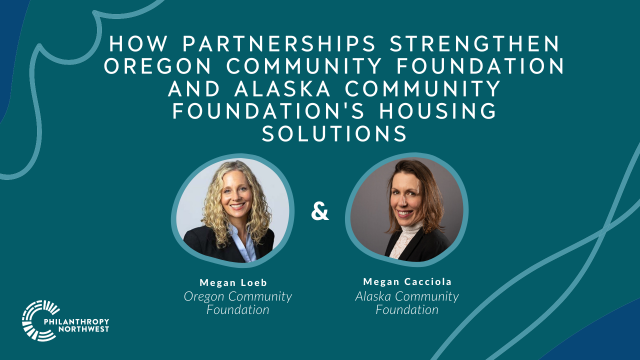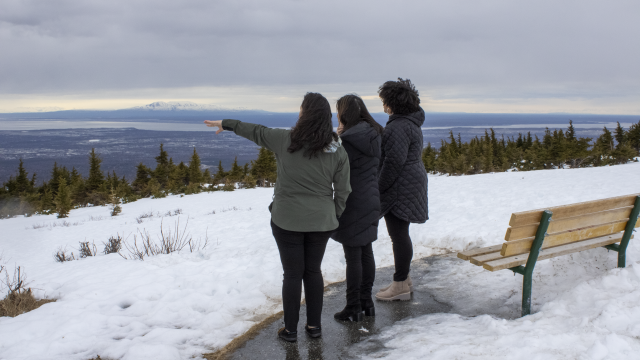
The GoWest Foundation (GWF) strengthens “the lives of people and communities” through a network of credit unions in Arizona, Colorado, Idaho, Oregon, Washington and Wyoming. Their vision is an environment where people achieve financial prosperity and communities can thrive. Operating for over 25 years, the foundation has always risen to meet the needs of their region, and now with the declining availability of affordable housing in rural areas, GWF has stepped forward again with their housing initiative grant.
Sharee Adkins, chief impact officer and foundation executive director at GWF, shares some background on their housing initiative and the innovative approach the foundation is taking.
“For us, we really think about the housing continuum and all the work that goes into that continuum. We ask ourselves how GoWest can provide resources, and we really think there’s an opportunity for credit unions to fill in a gap in what’s often called workforce or missing middle housing,” Sharee says. “These are folks who don’t and may never have that 10% to 15% down payment available for a house. One thing our housing initiative does, because it’s so flexible, is make grants for loan loss provisions which helps credit unions cover risks when distributing loans. We take on that risk, and so something this initiative has really done is have us and our partners think about innovative ways to finance housing including housing that’s not traditional such as accessory dwelling units.”
Currently, affordable housing is an issue across the country with most of the attention going to urban areas. However, affordable housing issues in rural areas are often overlooked. Sharee explains why.
“The challenges in rural areas are different, and homelessness looks different, too. Often, people may assume this isn’t an issue in small towns because it’s a bit more invisible,” Sharee says. “I’ve found that working in rural areas there are assets that can be leveraged differently. It’s really about getting the right people at the table and asking what needs to be done. In that way, it can be easier to get housing built in a small town than a large city.”
Because the housing initiative is adaptable to fit the unique needs of individual communities, it’s been utilized in various ways. For example, some nonprofits have put the grant money towards financing alternative housing, rural rehabilitation and security deposit loans. However, most grant recipients have used the money to buy down mortgage interest rates for buyers.
“Every community is unique, so it’s hard to say but, overall, I think loan loss coverage and buying down interest rates is how the grant money is often used,” Sharee says. “When trying to get people into an affordable home loan, interest rates can be a huge barrier. Through our grants we’ve given individual credit unions up to $100k for things like loan loss. This way they can lend with confidence because they know our money is there to cover the risk.”
Outside of their work in housing, GWF has partnered with nonprofits and credit unions across their region to support various economic development projects. “We were awarded a contract from the Washington Department of Commerce,” Sharee says. “It’s a nine-million-dollar contract where we’re partnering with a network of nonprofits that serve diverse communities and small businesses furthest from opportunity. What we’ll be doing is working with the network and credit unions to pilot an effort that helps folks access capital for their business while also helping them build their credit and relationship with a credit union.”


